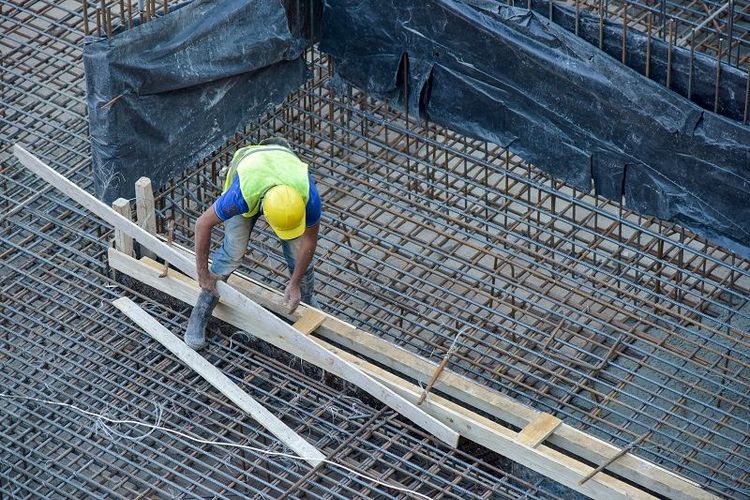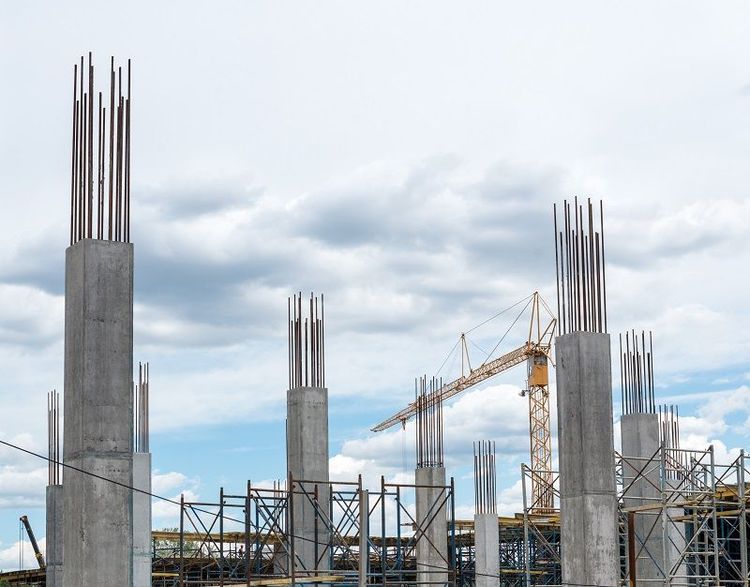Pillars are essential structural elements that support and stabilise various architectural structures, including buildings, bridges, and monuments. They have been used for centuries and are integral to architectural design. The construction techniques and materials used for pillars have evolved, reflecting advancements in engineering and the availability of different resources.
Explore pillar construction techniques and the many facets of construction materials. Register now for insights.
In this blog post, we will delve into the various pillar construction techniques and the materials commonly used to create them.
1.Load-Bearing Pillars:
Load-bearing pillars, or compression pillars, carry the structure's weight above them. These pillars are designed to resist and transfer the vertical load to the foundation.
Sign up now to access exclusive content on construction.
The materials used for load-bearing pillars can vary depending on the construction style, local availability, and structural requirements. Some common materials used include:
a) Stone: Historically, stone pillars were widely used due to their strength and durability. Stones like granite, limestone, and marble were hewn into cylindrical or polygonal shapes to create load-bearing pillars.
b) Concrete: Reinforced concrete pillars are extensively used in modern construction. Concrete provides excellent compressive strength, and when reinforced with steel bars, it enhances the pillar's load-carrying capacity.
c) Brick: Brick pillars are commonly used in residential and smaller-scale constructions. Bricks are stacked and mortared to form load-bearing pillars, offering good structural stability.
2. Column and Beam Construction:
Column and beam systems are prevalent in contemporary construction, particularly in multistory buildings. In this technique, columns and beams work together to support the structure's load. Columns, which are vertical members, provide support to beams, which span horizontally between the columns. Materials commonly used for column and beam construction include:
a) Steel: Steel columns are widely used due to their high strength-to-weight ratio. Steel offers excellent load-bearing capacity and can be fabricated into various shapes and sizes, making it a versatile choice for pillar construction.
b) Reinforced Concrete: Reinforced concrete columns are commonly used in modern construction. The concrete provides compressive strength, while the steel reinforcement enhances the column's tensile strength, ensuring its structural integrity.






 +91 7208055523
+91 7208055523
 Help & support
Help & support
